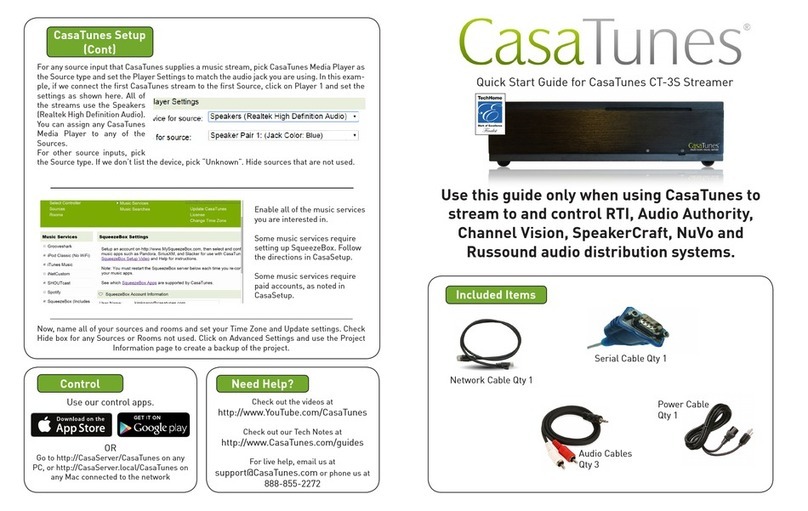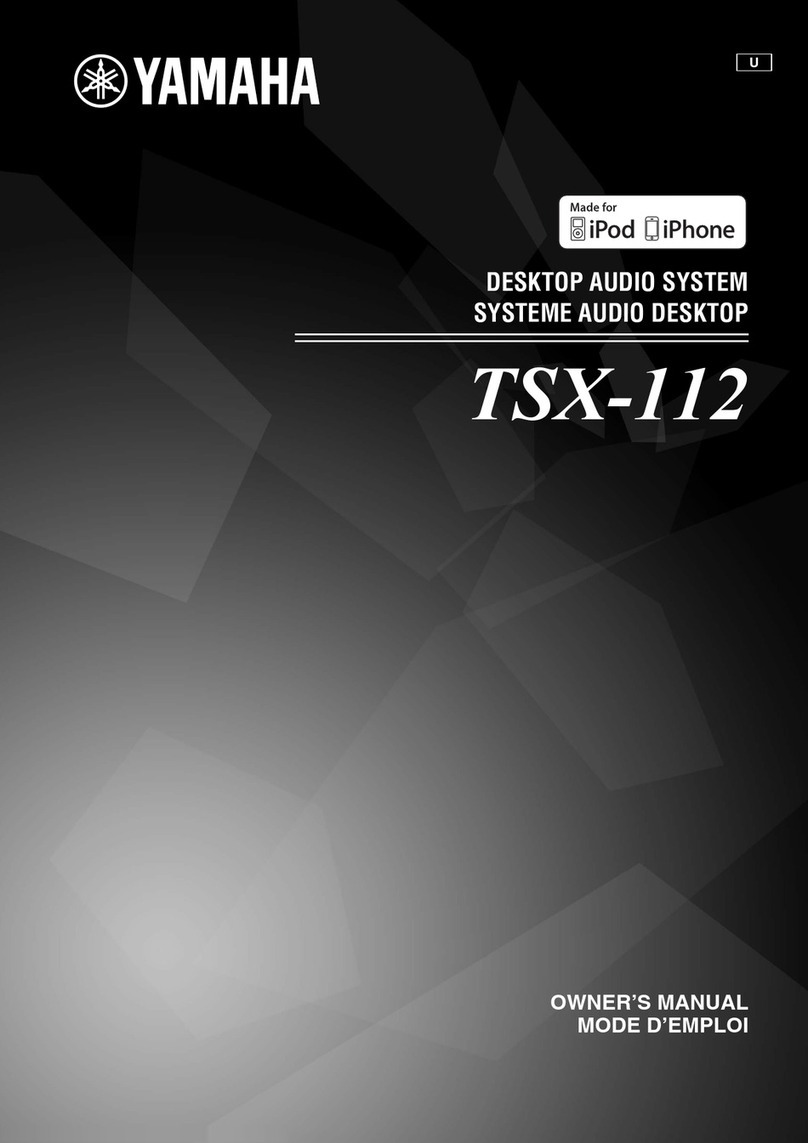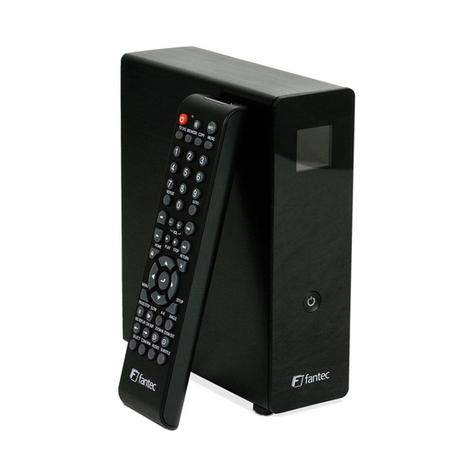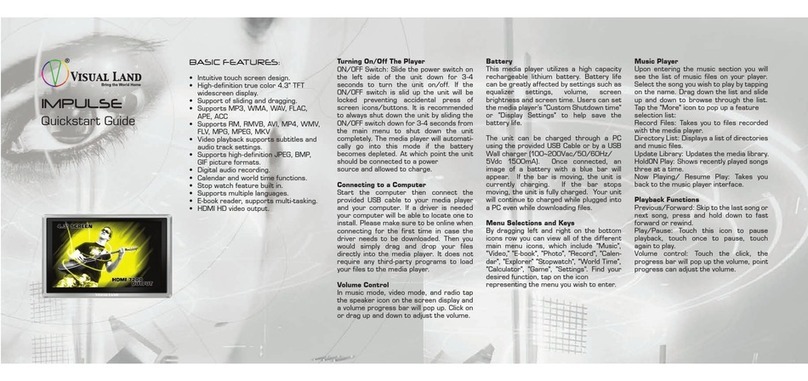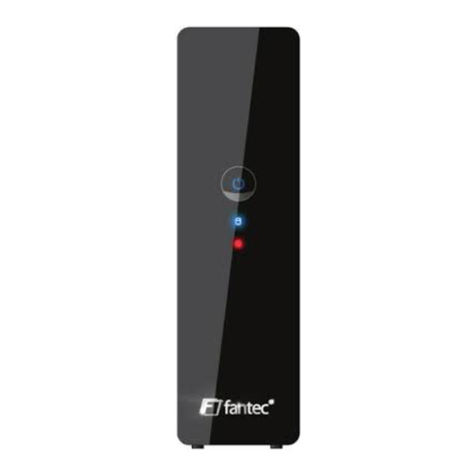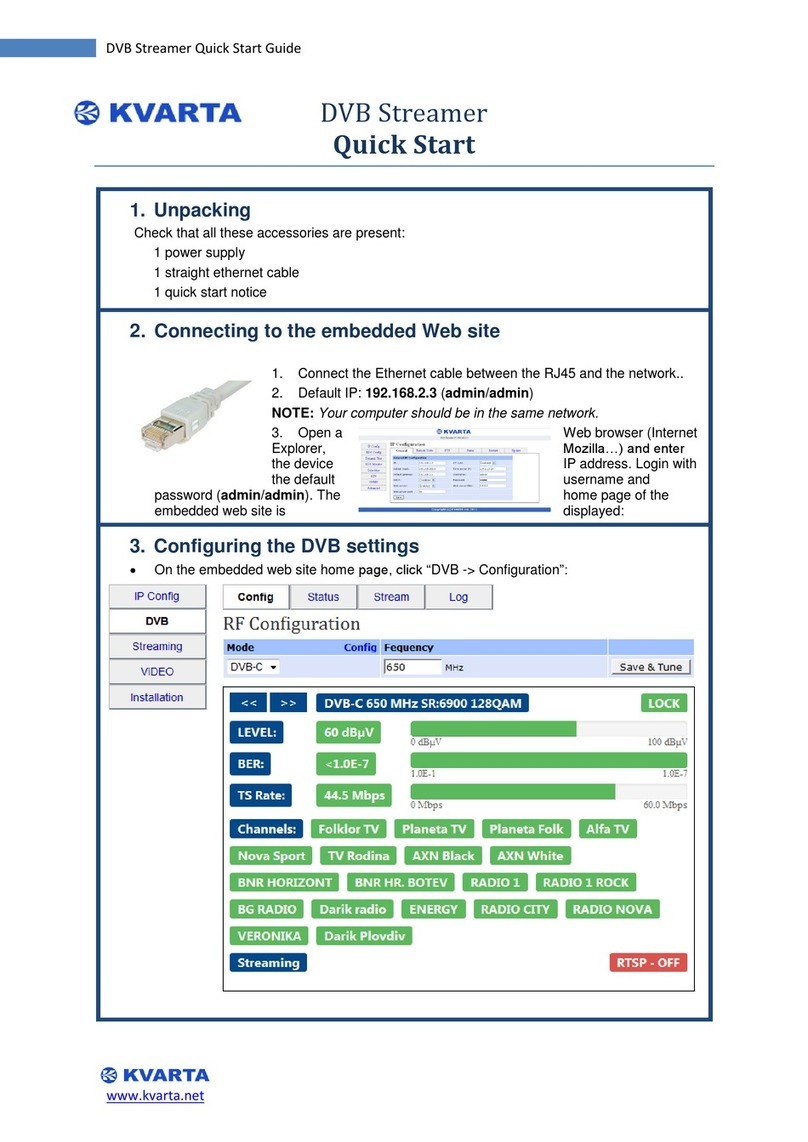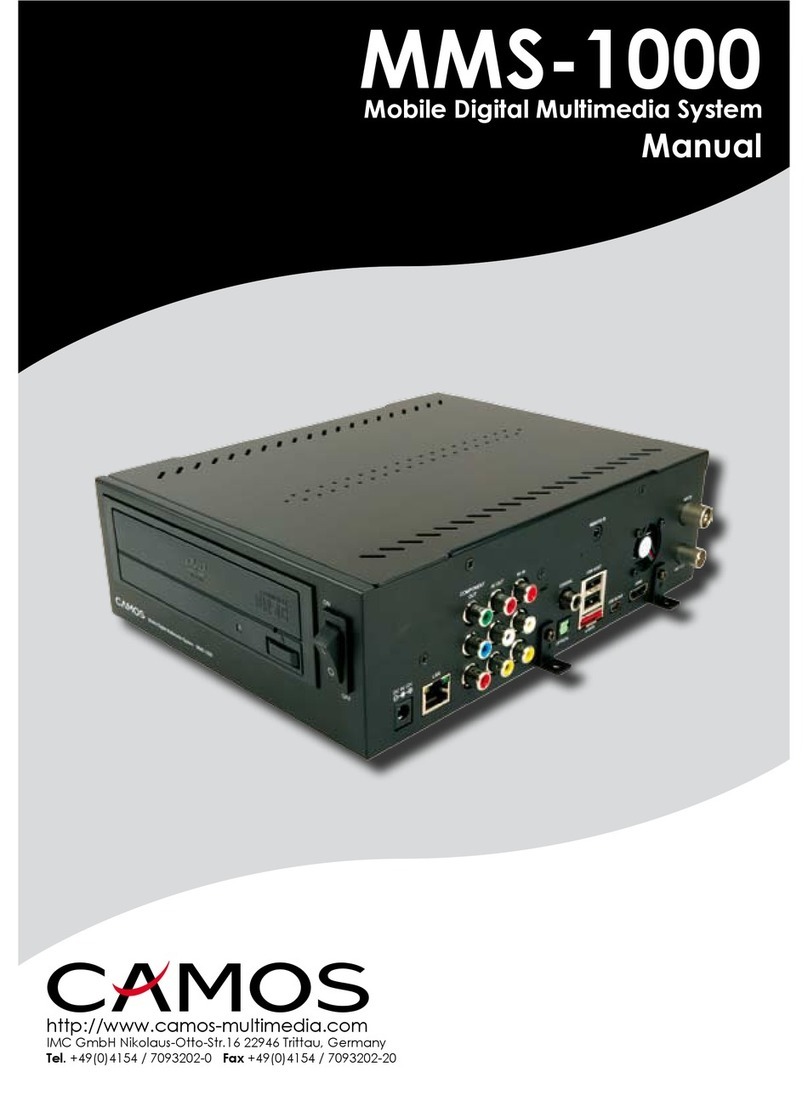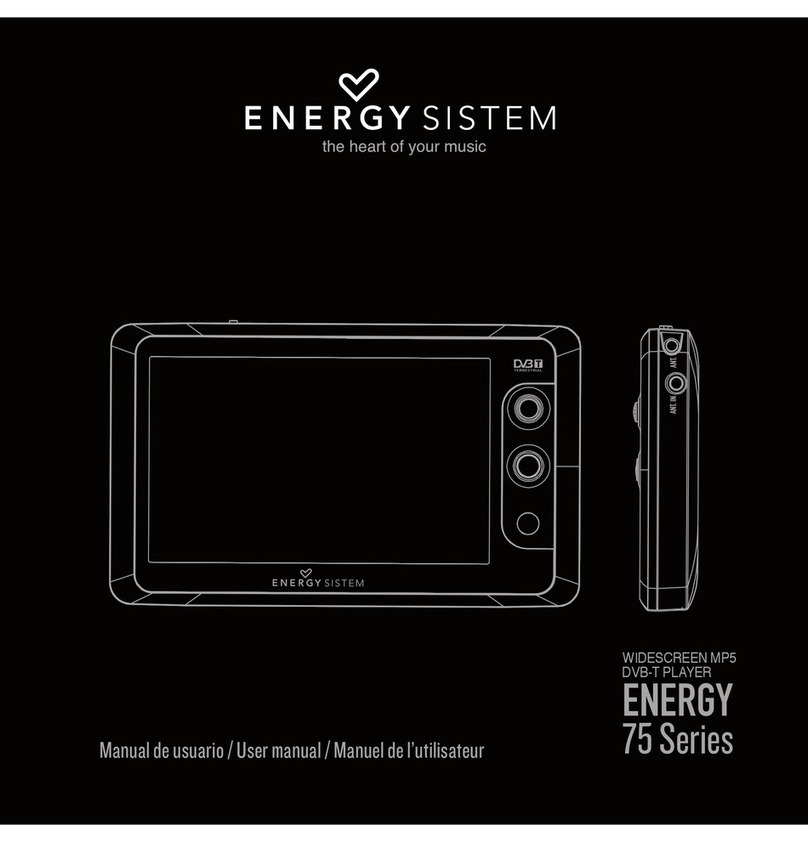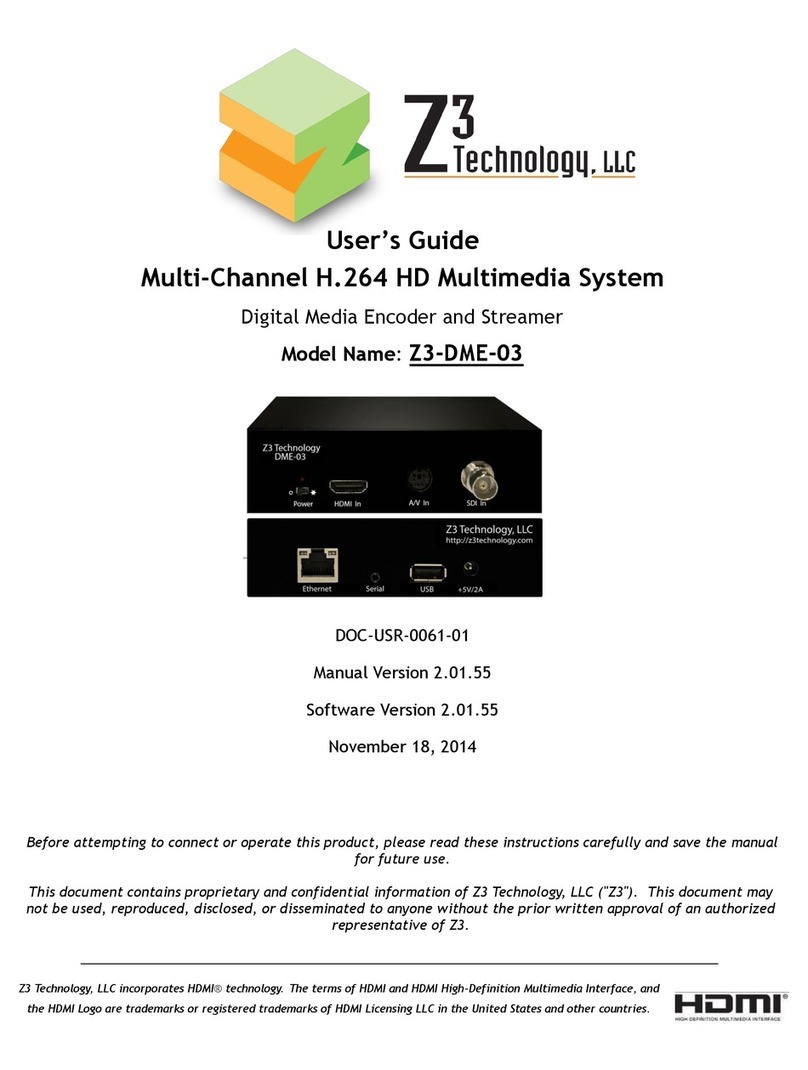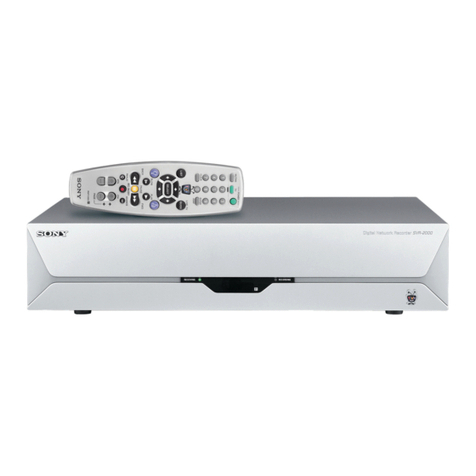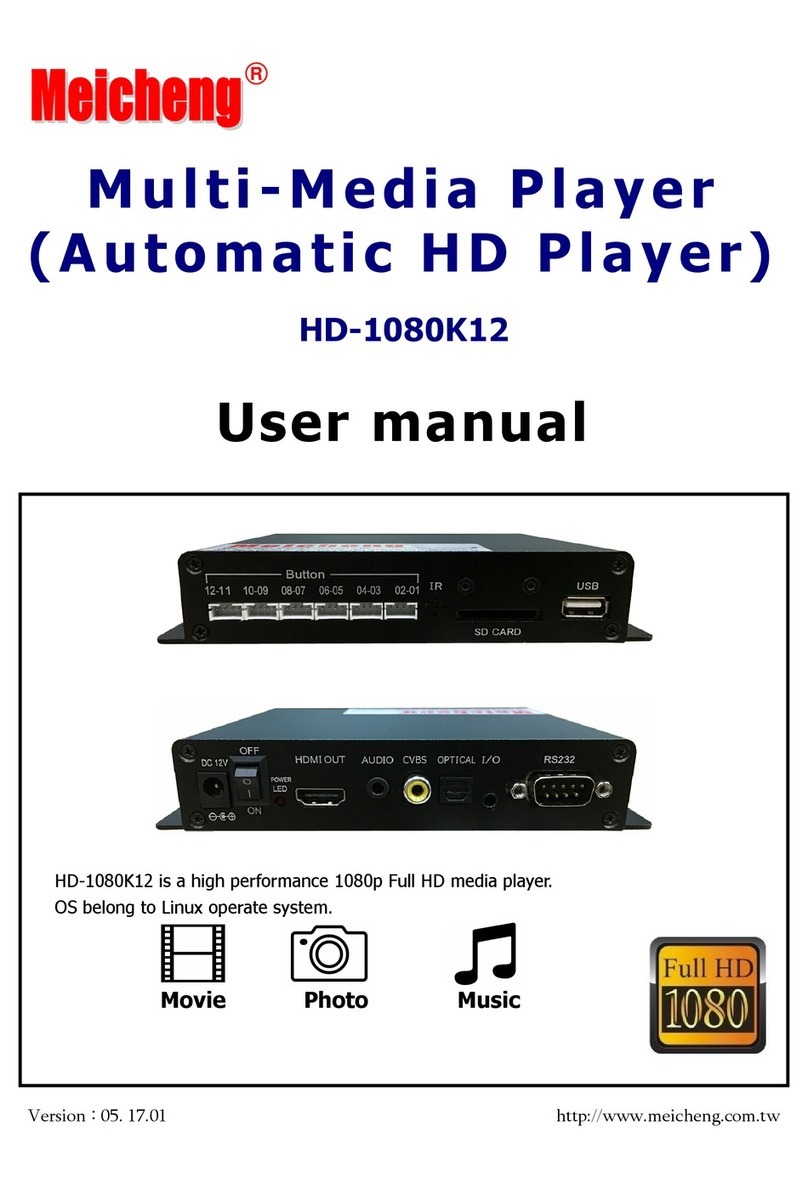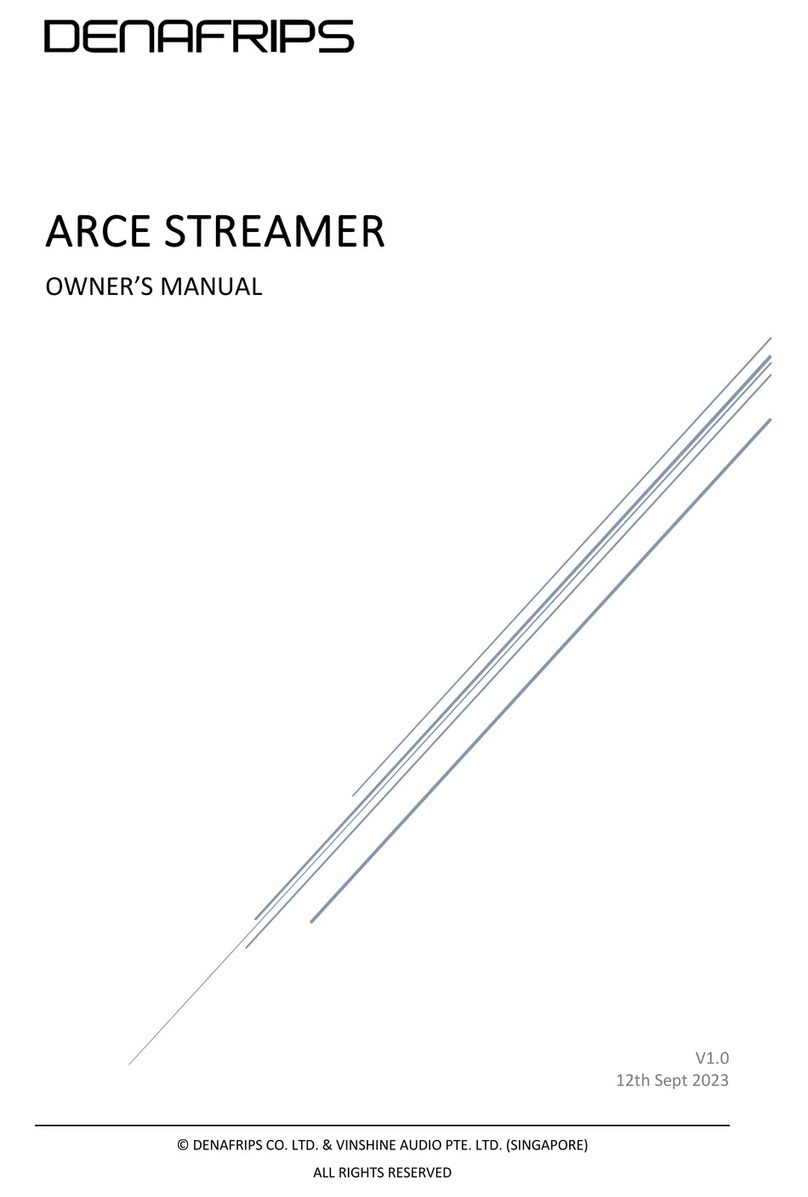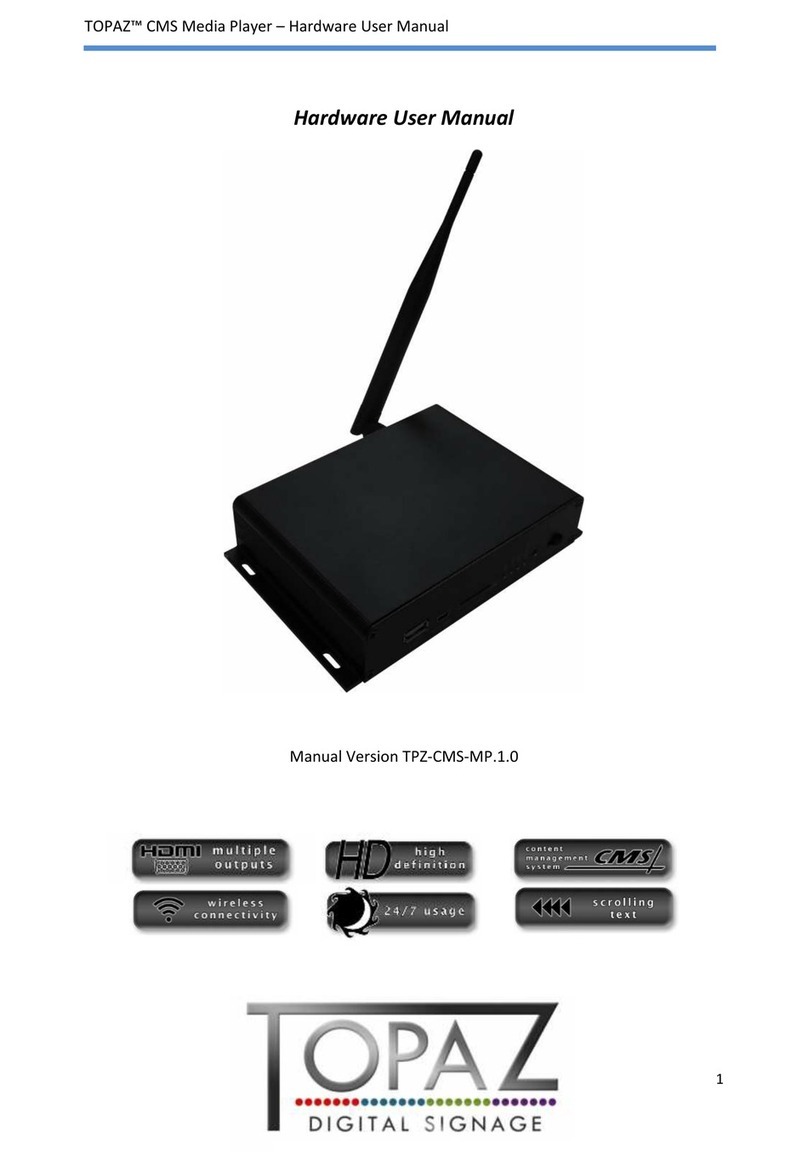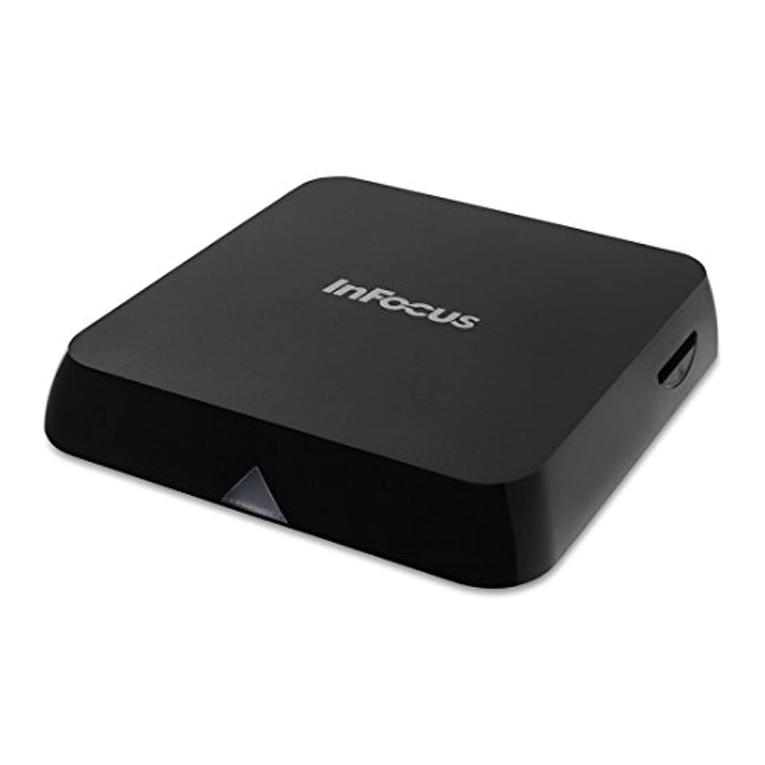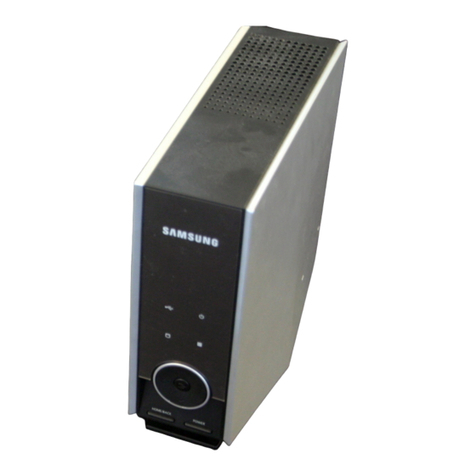Theta Digital Casablanca IV User manual

13
Effective October 1, 2014 the Analog Input Level display was
deleted from the Casablanca IV.
The Revised Front Panel Layout is shown in Figure 6, below.
Figure 6 - Front Panel Layout

THETA DIGITAL
Casablanca IV
Owner’s Manual
V 4.02
Digital Done Right
™

ii
PREFACE
CONGRATULATIONS
You have just acquired the most advanced component for the control and processing of audio and video ever to
have been developed.
IMPORTANT
Save all packaging in a dry place away from fire hazards. Your Casablanca IV is a precision electronic instrument
and should be properly packaged any time shipment is made. In the unlikely event that you have to return your
Casablanca IV to the factory for service, or if you send it to us for updating, the original packaging will best protect
the unit from shipping damage.
In order to achieve the fullest flexibility and enjoyment from your Casablanca IV, we at Theta recommend that you
read this manual in full before connecting the unit to your audio/video system.
WARNING
United Stated law prohibits disposition of these commodities to Libya, Laos, North Korea, Cambodia or Cuba
unless otherwise authorized by the United States.
NOTE:
This equipment has been tested and found to comply with the limits for a Class B digital device, pursuant to Part
15 of the FCC rules. These limits are designed to provide reasonable protection against harmful interference in
a residential installation. This equipment generates, uses and can radiate radio frequency energy and, if not
installed and used in accordance with the instructions, may cause harmful interference to radio communications.
However, there is no guarantee that interference will not occur in a particular installation. If this equipment does
cause harmful interference to radio and television reception, which can be determined by turning the equipment
off and on, the user is encouraged to try to correct the interference by one or more of the following measures:
* Reorient or relocate the receiving antenna.
* Increase the separation between equipment and receiver.
* Connect the receiver into an outlet on a circuit different from that which the Casablanca IV is connected to.
Acknowledgments
Casablanca IV is manufactured under license from Dolby Laboratories. “Dolby”, “Pro Logic”, “Dolby TrueHD”
and the double-D symbol are registered trademarks of Dolby Laboratories.
Casablanca IV is manufactured under license from Digital Theater Systems, Inc. U.S. Pat. No's. 5,451,942;
5,956,674; 5,974,380; 5,978,762; 6,226,616; 6,487,535 and other U.S. and world-wide patents issued and
pending. "DTS", "DTS-ES", "DTS-ES", "Neo:6", "DTS 96/24" and “DTS Master Audio” are trademarks of Digital
Theater Systems, Inc. Copyright 1996, 2003 Digital Theater Systems, Inc. All Rights Reserved.
© 2000-14 Theta Digital. All rights reserved.
This manual is also available for download as a PDF file at Theta Digital’s website. http://www.thetadigital.com
No part of this publication may be reproduced or transmitted in any form or by any means, electronic or
mechanical, for any purpose, without the express written permission of Theta Digital.

iii
The lightning flash with arrowhead symbol, within an equilateral
triangle, is intended to alert the user to the presence of uninsulated
“dangerous voltage” within the product’s enclosure that may be of
significant magnitude to constitute a risk of electric shock to persons.
The exclamation point within an equilateral triangle is intended to alert
the user to the presence of important operating and maintenance
(servicing) instructions in the literature accompanying the product.
WARNING
TO REDUCE THE RISK OF FIRE OR ELECTRIC SHOCK,
DO NOT EXPOSE THIS PRODUCT TO RAIN OR MOISTURE
CAUTION: TO PREVENT ELECTRIC SHOCK, DO NOT USE THE (POLARIZED) PLUG WITH AN
EXTENSION CORD, RECEPTACLE OR OTHER OUTLET UNLESS THE BLADES CAN BE FULLY
INSERTED TO PREVENT BLADE EXPOSURE.

iv
Casablanca IV Identification Record
This information is for your records and for future identification of the Casablanca IV. Please take a moment
to fill out all pertinent data now, and as upgrades and/or options are installed. Whenever upgrades, inquiries
and/or changes are requested, the serial number will be required.
SERIAL NUMBER
DATE PURCHASED
DEALER’S NAME
DEALER’S ADDRESS/PHONE
INSTALLED CARDS/OPTIONS
(Dateofinstallation)
(Dateofinstallation)
(Dateofinstallation)
(Dateofinstallation)
(Dateofinstallation)
(Dateofinstallation)
(Dateofinstallation)
(Dateofinstallation)
(Dateofinstallation)
(Dateofinstallation)
(Dateofinstallation)
Table of contents

